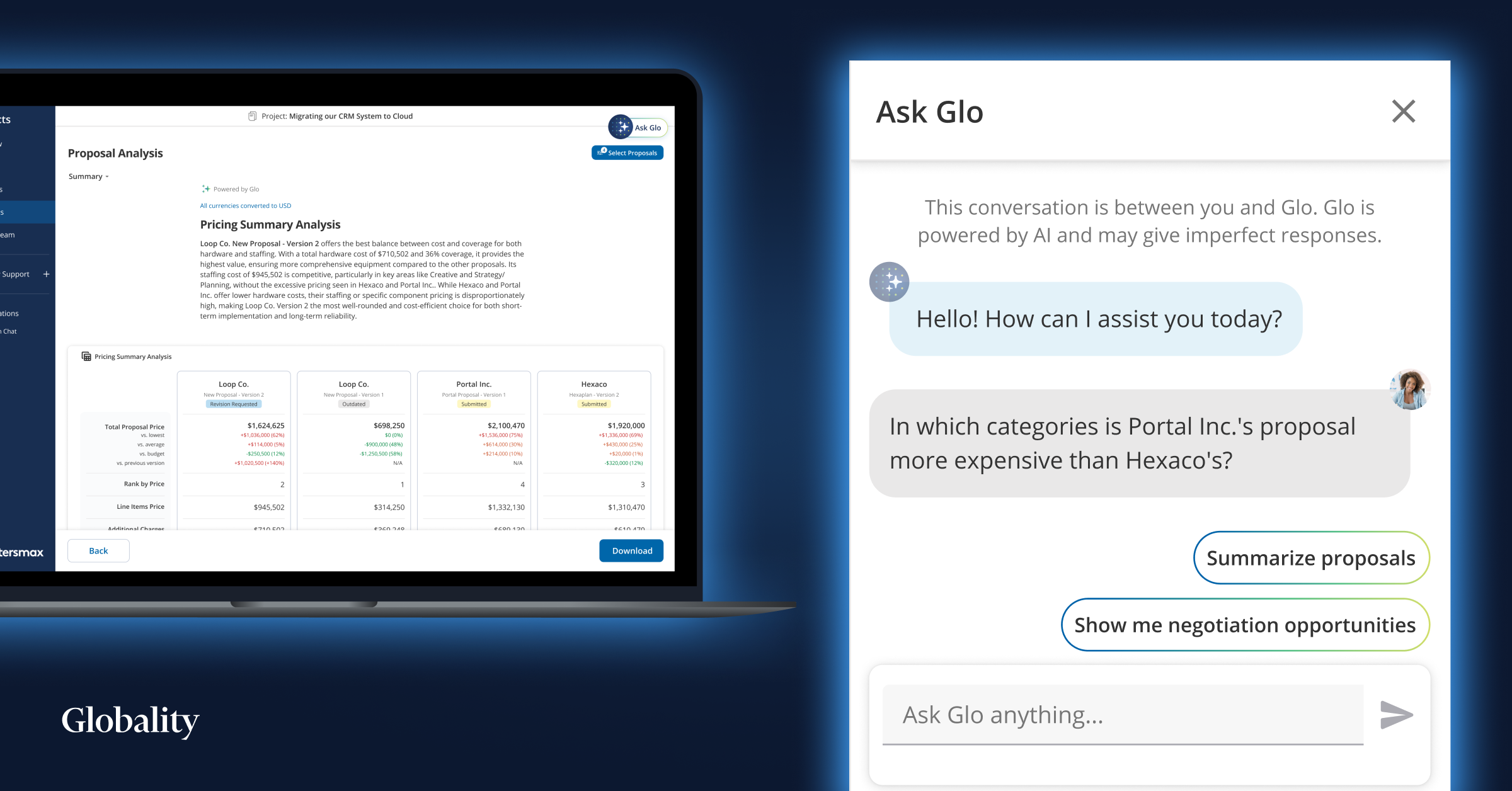Building a Culture of Belonging

It’s one thing for companies to talk about diversity and inclusion but another to truly put those words into practice and build an organization where people from right across the spectrum can come together and work collaboratively, feeling that everybody is treated equally and fairly, regardless of their background. At Globality, we were privileged recently to have NBC Bay Anchor Raj Mathai interview Prakash Janakiraman, Co-Founder of Nextdoor, to discover his insights on creating a culture of belonging that enables every employee to achieve their maximum potential each day.
Expanding the Talent Pool
Janakiraman pointed out that, to remain competitive in today’s complex and fast-changing world, companies have to resemble their customer bases, which means ensuring they have different perspectives around the table. It further means going to new places to find talent from diverse backgrounds—if a business just recruits from a small base, it’s missing a lot of underrepresented talent. Technology companies, in particular, need to actively work to overcome the systemic barriers that prevent people from diverse backgrounds from enjoying the opportunity to work in what is a rich economy of innovation. For example, this could mean going into public schools, some of which may not even have computer literacy programs, and building innovative programs to train the next generation of coders and AI engineers. It also requires conviction within a business to divert resources and encourage employees to spend their time doing these things.
Looking Beyond the Numbers
While trying to improve diversity and inclusion, companies often focus solely on the numbers. How many employees do they have and what percentage of them fall into each different demographic? This is useful information, but they should instead prioritize building a culture that ensures people feel they can be their authentic selves, have a connection to that purpose, and believe their voices are valued. Creating this sense of purpose leads into the practical elements of inclusion that all companies should implement—for example, making sure that pay and promotion practices are fair, recruiting practices are free of bias, and the company is reducing microaggressions in the workplace. The inevitable result of this should be that people from different backgrounds will all feel a much stronger long-term connection to the company, which improves employee retention and productivity.
Top-Down Leadership
Continuously fostering a culture of diversity and inclusion requires leadership from the top of an organization. If company founders or CEOs take the lead on diversity and inclusion and speak in an authentic voice about why it is important to the company’s collective success and identity, they can move not just resources but also hearts and minds—that’s what leadership is ultimately about, says Janakiraman. Leaders also need to clearly articulate the business imperative, which helps align those people who may not necessarily see the moral imperative as clearly as others. If they understand that the business’s collective success is defined by improving diversity and building a better culture, that supports the dollars-and-cents argument, which is proven by the strong data that show diverse companies perform better.
Bottom-Up Participation
Leaders should also continuously take the pulse of their companies to ensure people from different backgrounds are feeling that sense of belonging. If some groups say their voices are less valued, this can be addressed head-on through the formation of small, bottom-up organizations within the company for people with shared experiences to collaborate, communicate, build communities, and advocate for their needs. At Globality, we have recently launched Women at Globality to ensure our female employees’ voices are heard by the leadership team and their concerns and recommendations acted upon swiftly. Whether for religious, racial, or other groups—each of these subsets of employees has real lived experiences they can use to advise how companies should be creating the diverse and inclusive culture we are talking about. It’s not about putting the burden of thought on these groups but using them as trusted allies, says Janakiraman, and it helps companies understand the sentiments of these diverse communities.
Speaking Out
Companies can also demonstrate their commitment to an inclusive culture by speaking out on the wider societal issues that are aligned to their core values, purpose, and mission. If a business sees things happening in the world that run counter to its purpose, whether on immigration, discriminatory practices against LGBTQ communities, or racial equity, articulating those concerns will show its people that it genuinely believes in what it says about diversity and inclusion. Janakiraman highlights how living these values is a powerful statement of intent: “Employees care about these things, customers care about these things, and, to be successful as a company, a business really does need to have a voice on these issues if it wants to stand for something.”
Acting with Purpose
By focusing on these areas and continuously reevaluating its actions, companies can ensure they are not just paying lip service to diversity and inclusion but instead putting them at the heart of its everyday purpose and mission. As Janakiraman concludes, “when people can join businesses that are purpose-driven, they know they’re positively impacting communities like their own, and it all comes together in a virtuous cycle.”
***********************
Sonia Mathai is Chief Human Resources Officer at Globality.



